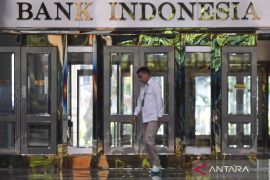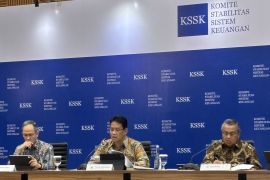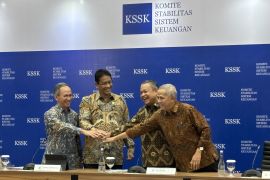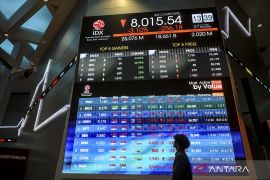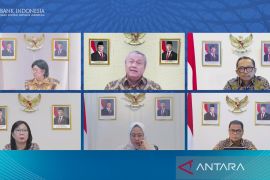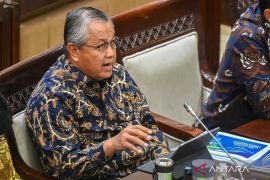Director of BI’s Macroprudential Policy Department, Irman Robinson said the priority sectors include agriculture, industry and downstreaming, services including the creative economy, construction, real estate and housing, as well as micro, small, and medium enterprises (MSMEs), cooperatives, inclusion, and sustainability.
“These sectors have a strong multiplier effect on the economy. When credit growth in these areas increases, the spillover impact will be much greater,” Irman said during a media gathering in Bukittinggi, West Sumatra, on Friday.
He added that these priority sectors are aligned with the Government’s Asta Cita agenda, which emphasizes sustainable economic growth.
The KLM policy serves as an incentive provided by the central bank through a reduction in banks’ reserve requirements at BI as part of the average-based minimum reserve requirement (GWM).
Unlike the previous backward-looking approach, the new KLM is performance-based and forward-looking.
Under this new framework, the reserve requirement reduction is granted based on the banks’ lending commitments, rather than solely on realized credit disbursement. The total incentive available can reach up to 5 percent of third-party funds (DPK).
“In implementing this scheme, BI will evaluate the lending growth commitments submitted by banks and monitor their realization regularly. We will also coordinate with the Financial Services Authority (OJK) to assess each bank’s financial soundness,” Irman explained.
He emphasized that the provision of incentives must not compromise prudential lending principles.
“Banks must continue to uphold prudent lending practices. Incentives should not encourage them to expand credit in sectors where NPLs are already high,” he stated.
If a bank fails to meet its committed credit growth target, the amount of incentive will be adjusted in the following period.
“For instance, if a bank commits to a 7 percent credit growth but only achieves 5 percent, the incentive for the next quarter will be revised accordingly,” Irman said.
In addition to the lending channel incentive, BI will also grant incentives to banks that promptly adjust their new lending rates in line with monetary easing. The incentive can reach up to 0.5 percent of DPK.
Banks with new loan rate elasticity below 0.3 will not qualify for the incentive, while those with elasticity between 0.3 and above 0.6 will be eligible for higher incentives.
“Given that the transmission of bank lending rates remains limited, we aim to accelerate the process. Banks that adjust their lending rates faster in line with BI’s policy direction will receive greater appreciation through higher incentives,” Irman concluded.
Related news: Indonesia vows zero tolerance on Rp200T bank credit fraud scheme
Related news: Business sustainability remains govt's unwavering focus: Minister
Translator: Rizka Khaerunnisa, Primayanti
Editor: M Razi Rahman
Copyright © ANTARA 2025


